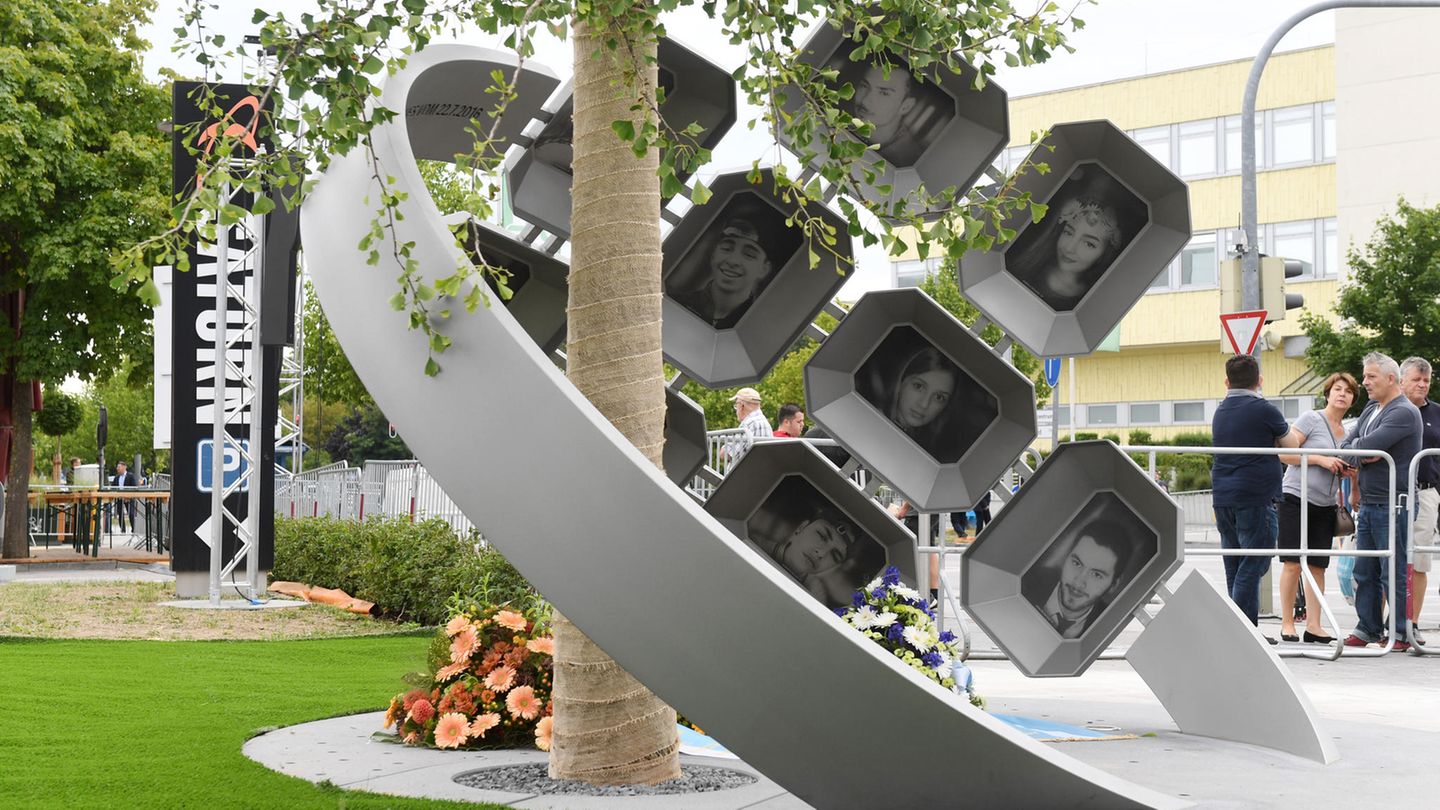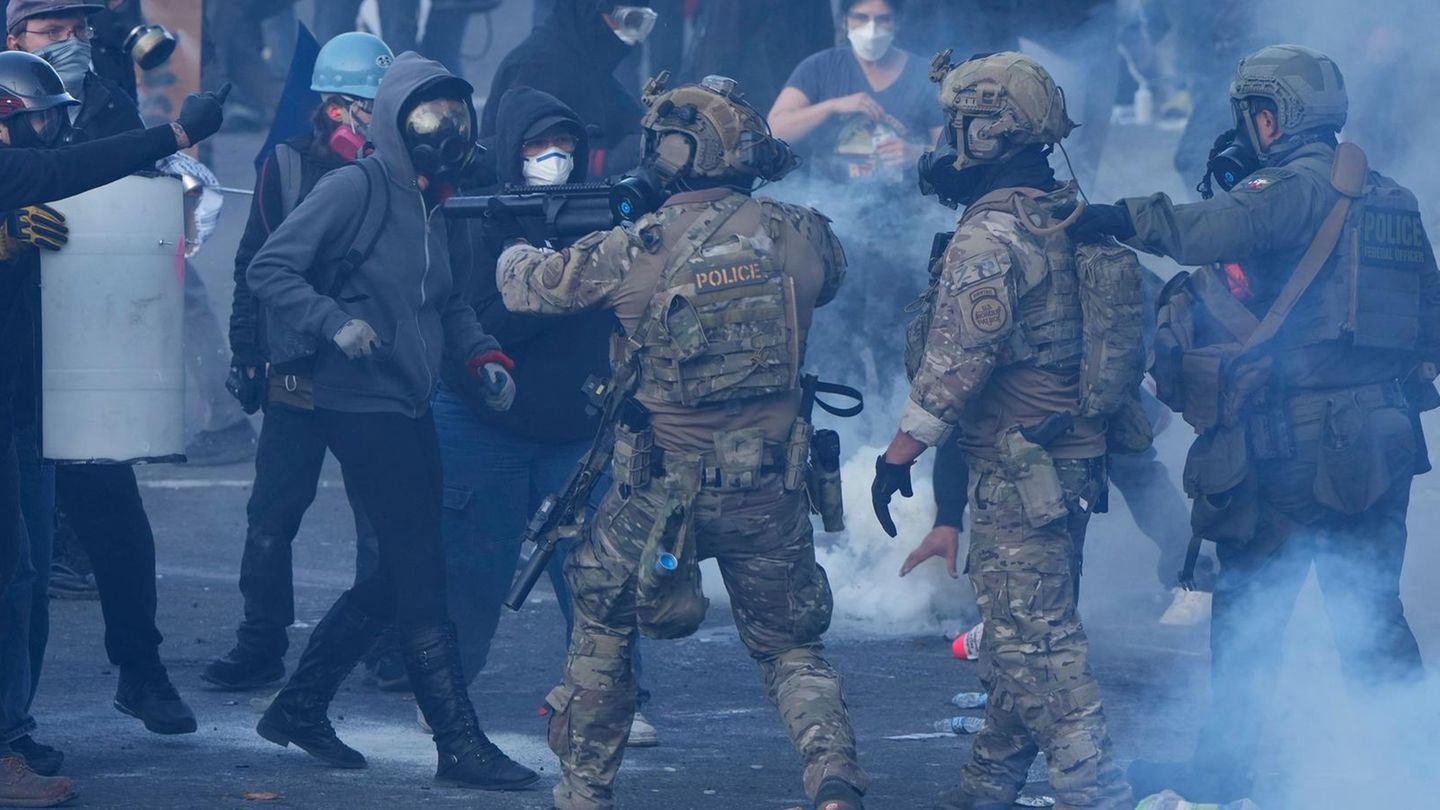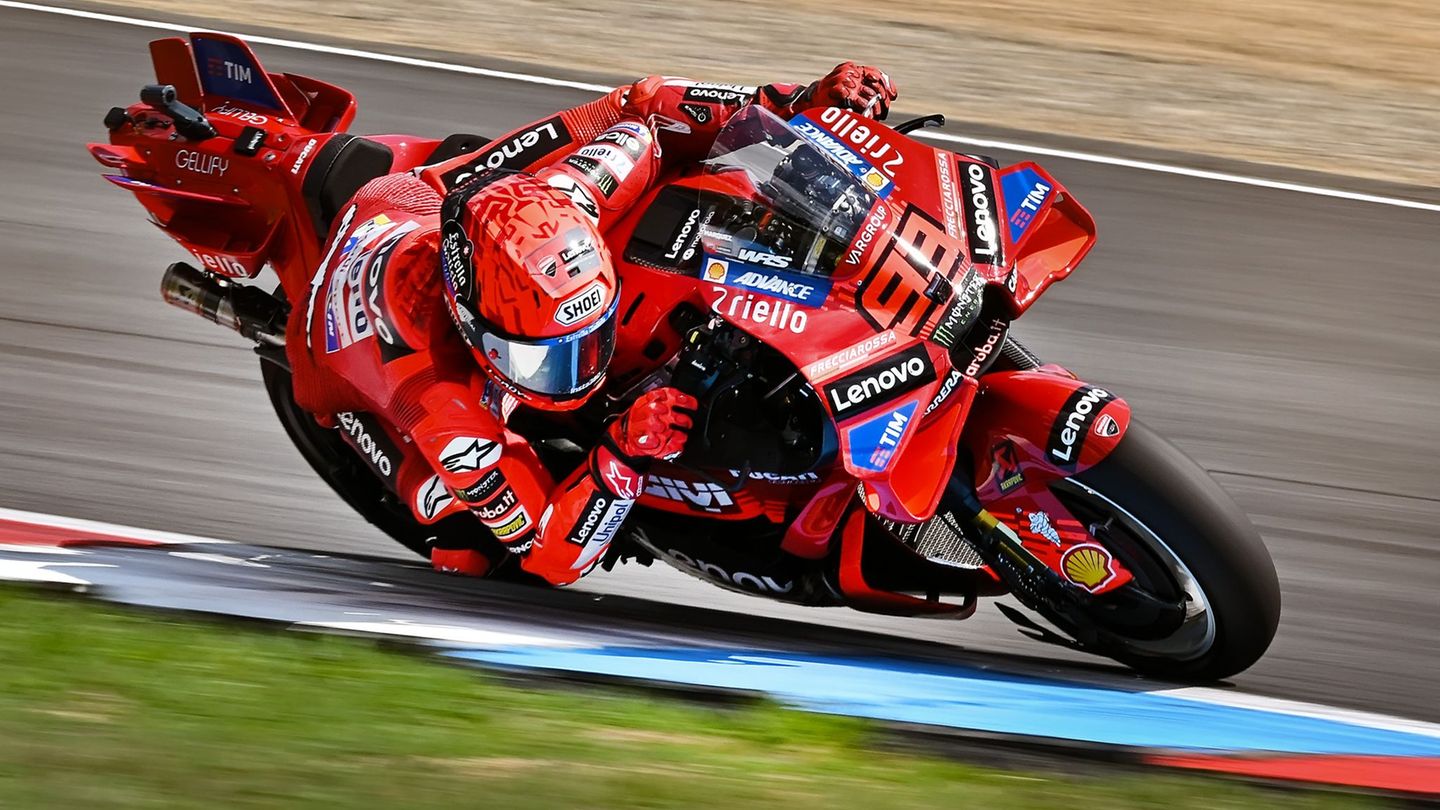Munich was in shock on July 22, 2016. That evening, an 18-year-old man shot and killed nine people, mostly young people. An act of revenge for bullying? Or racism?
This Thursday it is exactly five years since Munich experienced hours of horror. On July 22, 2016, an 18-year-old man shot and killed nine people around the Olympic shopping center (OEZ) in Munich and then killed himself. The victims: eight young people and a 45-year-old, almost all of them with a migration background. Their families were thrown into disaster that summer evening, and an entire city panicked for fear of further attacks.
For a long time it was called a rampage, an act of revenge for bullying – although the perpetrator’s right-wing extremist sentiments soon became apparent. It was not until 2018 that the Federal Office of Justice classified the act as extremist. A hesitation that still preoccupies families, even half a decade after the crime.
Theme evening about the OEZ attack on RTL
The broadcaster RTL will show a three-hour “Stern TV Spezial” from 8:15 pm this Thursday. The documentary “Amoklauf in München. A city in fear” is already available on the streaming platform TV Now.
On the anniversary, memories would come back, says lawyer Onur Özata, who is still in contact with one of the families. He had represented her as a co-prosecutor when the seller of the murder weapon was tried in Munich, who was sentenced to seven years in prison in 2018, is now legally binding. It is very important to the family that the memory of the then 19-year-old Giuliano-Josef and the others do not go away. In addition, they were still fighting against the everyday racism to which they were regularly exposed as a Sinti family.
The lawyer complains that the act was considered an apolitical rampage for so long, with which the 18-year-old wanted to avenge himself for years of bullying. The relatives feel as if they are being blamed for it, because the bullying lies in their behavior and is the cornerstone of the deeds.
Right-wing radicalism was recognized as a motive late
Ludwig Waldinger, press spokesman for the Bavarian State Criminal Police Office (LKA), explains why it took until the act was classified as extremist by the Federal Office of Justice in March 2018 and then by the LKA in 2019. According to the initial findings, right-wing radicalism only played a small part. It was only over the years that more and more pieces of the mosaic were added that put the act in a different light.
The Bavarian Ministry of the Interior also sees no incorrect assessment. One always spoke of a bundle of motives. The investigative authorities would have investigated the horrific act of David S. not only with regard to the process, but also to the motive, openly, conscientiously and carefully.
What was revealed about David S. was shocking. A perpetrator who had internalized racist ideas moved into chat groups with names such as “rampage”, “anti-refugee club” or “fuck turkey”. The excessive ego shooter games gambled, who was fascinated by amocta like in Winnenden and Erfurt. And who committed his act exactly five years after the attacks by the right-wing extremist Norwegian mass murderer Anders Behring Breivik. Like Breivik, David S. had written a manifesto.
Several bad blood acts in the summer of 2016
The OEZ attack is part of a dire series of bloody acts. Only four days earlier, on July 18, 2016, a man with an ax and knife attacked a family and later a passerby on a regional train in Würzburg and injured them. On July 24, 2016, an Islamist suicide bomber blew himself up in Ansbach, injuring 15 people.
Right-wing extremist motivation was, for example, the murder of the Kassel District President Walter Lübcke in June 2019. Or around four months later the attack on the synagogue in Halle, in which two people died and others were injured. The causes can also be found on the Internet, in massive hostility, agitation and abuse.
The Munich chief public prosecutor Klaus-Dieter Hartleb is the state government’s hate speech officer and coordinates the criminal processing of these hate speeches. 80 percent of the perpetrators in the area are right to right-wing extremists, he explains. Much takes place in closed chat groups – filter bubbles that encourage radicalization. “They reinforce their extreme views, outbid each other, and everyone wants to post something a little more extreme,” says Hartleb. “This creates a breeding ground for violence.”
Special departments against hate crime
Bavaria wants to ensure that no action arises from this with a revised action plan against right-wing extremism, for example with the special departments that have been set up at all public prosecutors in the state. In 2020 alone, they conducted 1,648 cases of hate crime on the Internet.
It comes too late for the victims of Munich. The memorial “For You” at the scene of the crime reminds of their names and indicates that they died in a racist attack.
Bavaria’s Prime Minister Markus Söder (CSU) and Munich’s Lord Mayor Dieter Reiter (SPD) will come to a memorial on the anniversary, as well as relatives and certainly many friends. Just like the day after the crime, when flowers, cuddly toys, photos and candles testified to overwhelming sadness. Among the mourners: especially parents, children and young people. Because only one of the victims was an adult, the others were all adolescents, the youngest just 14 years old.
See a document from July 2016: Shots at the Munich Olympic shopping center: An 18-year-old lone perpetrator shot nine people there and then shot himself. An eyewitness filmed the crime.
David William is a talented author who has made a name for himself in the world of writing. He is a professional author who writes on a wide range of topics, from general interest to opinion news. David is currently working as a writer at 24 hours worlds where he brings his unique perspective and in-depth research to his articles, making them both informative and engaging.




